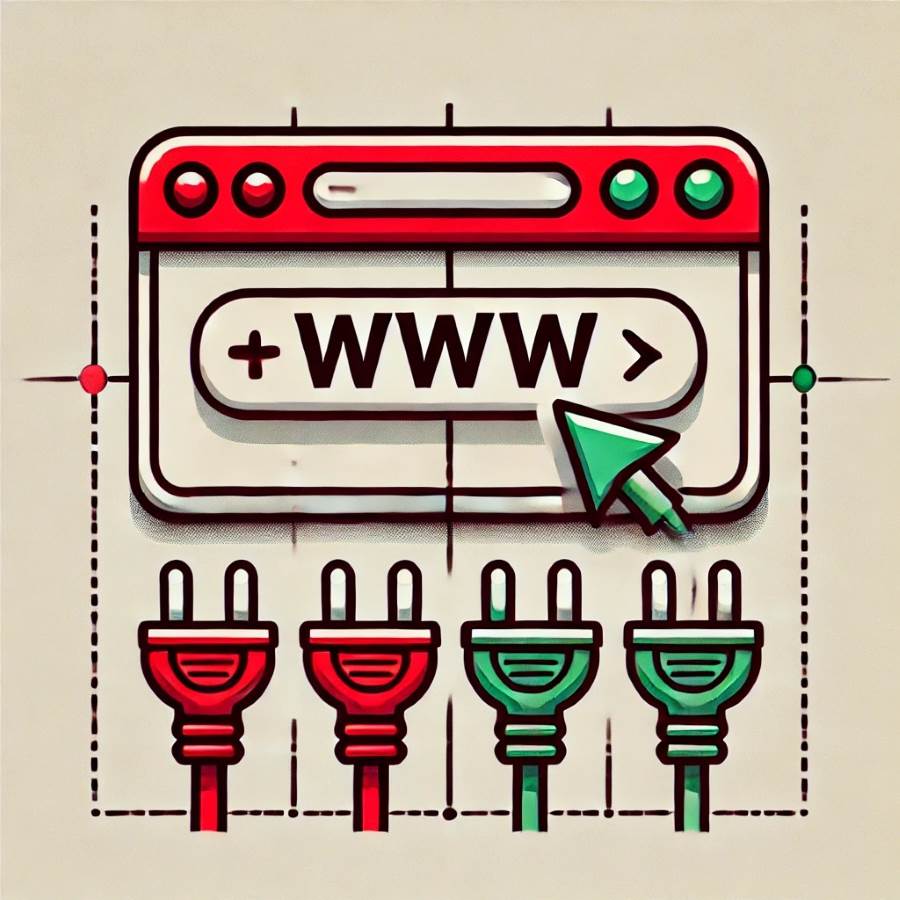How to Create SEO-Friendly URLs – Guide for Dummies
Understanding the Importance of SEO-Friendly URLs
Creating SEO-friendly URLs is necessary because they play a significant role in how search engines and users perceive your web pages. A well-optimised URL can boost your website’s ranking and drive more organic traffic. Here are some key reasons why SEO-friendly URLs matter:
- Improved User Experience: User-friendly URLs are easy to read and understand, making it simpler for users to navigate your site.
- Better Search Engine Rankings: Search engines prefer clean URLs that clearly describe the content of the page, which can enhance your site’s ranking.
- Increased Click-Through Rates (CTR): Descriptive URLs can improve CTR by providing users with a clear idea of what to expect from the page.
- Enhanced Link Sharing: SEO-friendly web addresses are easier to share on social media and other platforms, increasing the likelihood of generating backlinks.
Key Components of SEO-Friendly URLs
To create effective SEO-friendly URLs, it’s important to understand the various components that make up a URL. Here are the key elements:
- Protocol: The beginning of the URL (e.g.,
https://) which indicates the protocol used. - Domain Name: The main part of the URL that identifies the website.
- Path: The section of the URL that comes after the domain name, representing the specific page or resource.
- Slug: The part of the URL path that identifies a specific page in a readable format.
Best Practices for Creating SEO-Friendly URLs
1. Keep URLs Short and Simple
SEO-friendly URLs should be concise and straightforward. Long and complex URLs can confuse users and search engines. Aim for URL lengths that are easy to read and remember.
2. Use Keywords Wisely
Incorporate relevant keywords into your URL to help search engines understand the content of the page. However, avoid keyword stuffing and ensure that the URL remains natural and readable.
3. Avoid Special Characters and Numbers
Special characters and numbers can complicate URLs and make them less user-friendly. Stick to using letters and hyphens to separate words.
4. Use Hyphens to Separate Words
Hyphens are preferred over underscores to separate words in a URL. They enhance readability and are recognised by search engines as word separators.
5. Maintain a Consistent URL Structure
Consistency in your URL structure helps both users and search engines navigate your site more effectively. Establish a clear hierarchy and stick to it across your website.
6. Implement a Clear URL Hierarchy
A well-defined URL hierarchy organises your content in a logical manner, making it easier for search engines to index your pages. This involves structuring your URLs to reflect the organisation of your site’s content.
7. Remove Stop Words
Common words such as “and”, “the”, and “of” are considered stop words and can be omitted from URLs to keep them concise and relevant.
8. Avoid Dynamic Parameters
Dynamic parameters (e.g., ?id=123) can make URLs look cluttered and difficult to read. Whenever possible, use static, descriptive URLs.
9. Use Lowercase Letters
Stick to lowercase letters in your URLs to avoid potential issues with case sensitivity and to maintain uniformity.
10. Redirect Old URLs
When changing your URL structure, ensure that old URLs are properly redirected to the new ones using 301 redirects to preserve link equity and avoid 404 errors.
Implementing URL Best Practices
SEO-friendly web addresses should follow established best practices to ensure optimal performance. Here are some additional tips for creating optimised URLs:
- Keyword Placement: Position keywords towards the beginning of the URL to emphasise their importance.
- Descriptive URLs: Create URLs that clearly describe the content of the page, helping users and search engines understand what the page is about.
- Consistent Naming Conventions: Use a consistent approach to naming URL slugs across your site to maintain uniformity and clarity.
- URL Testing: Regularly test your URLs to ensure they are working correctly and leading users to the intended pages.
Common Mistakes to Avoid
When creating SEO-friendly URLs, it’s important to avoid common pitfalls that can undermine your efforts:
- Keyword Stuffing: Overloading your URLs with keywords can appear spammy and detract from readability.
- Irrelevant Words: Including unnecessary words in your URLs can dilute their relevance and effectiveness.
- Changing URLs Frequently: Frequent changes to your URL structure can confuse search engines and users, leading to broken links and loss of ranking.
Advanced URL Optimisation Techniques
For those looking to take their URL optimisation to the next level, consider the following advanced techniques:
- Canonicalisation: Use canonical tags to indicate the preferred version of a URL to search engines, helping to manage duplicate content issues.
- URL Rewriting: Implement URL rewriting to create cleaner, more readable URLs that are free of dynamic parameters.
- A/B Testing: Conduct A/B testing to compare different URL structures and determine which performs best in terms of SEO and user engagement.
Creating SEO-friendly URLs is a fundamental aspect of effective search engine optimisation. By following the best practices outlined in this guide, you can enhance the visibility, usability, and performance of your website. Remember to keep URLs short and simple, use keywords wisely, maintain a consistent URL structure, and avoid common mistakes. With these strategies in place, your URLs will be well-optimised to meet the needs of both users and search engines.










